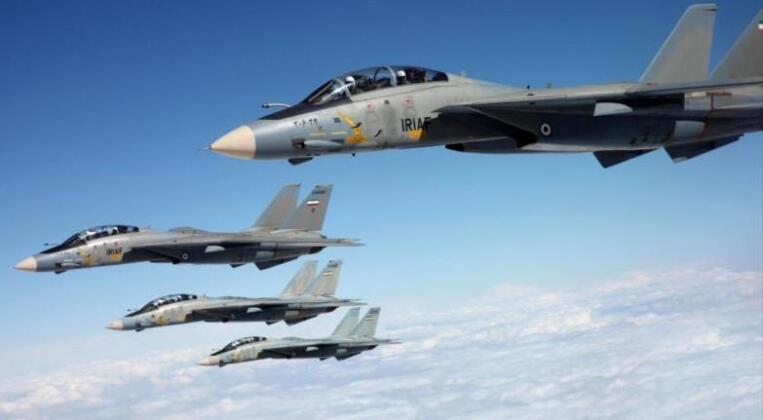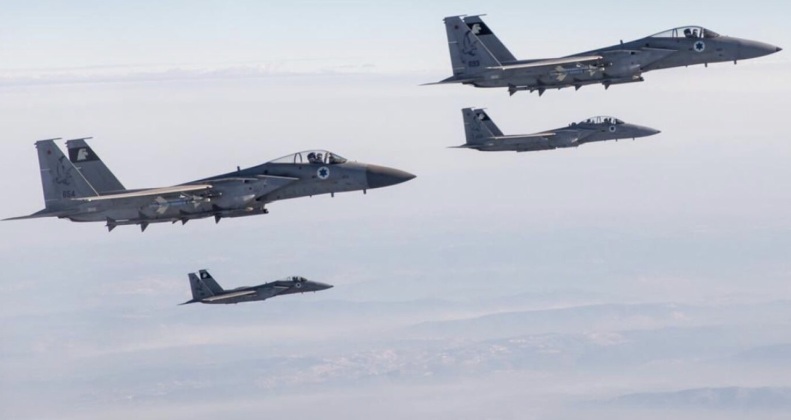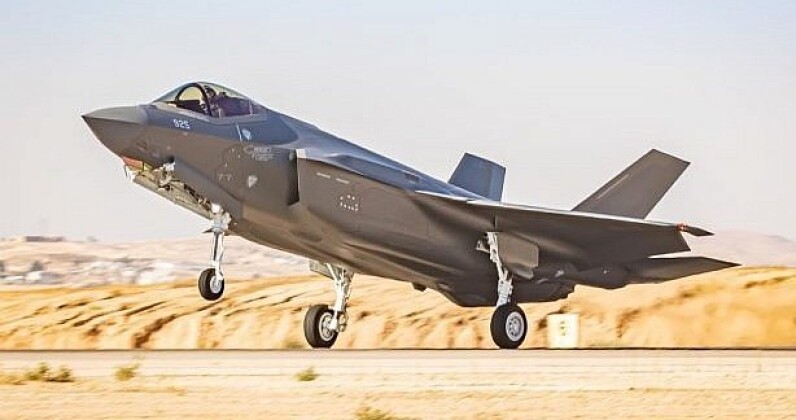News
Range Extension for Israeli F-35s Places Iranian Nuclear Facilities Within Reach: Could They Strike Soon?
Following multiple exercises simulating attacks on Iranian targets aiming primarily at the country’s nuclear facilities, the Israeli Air Force has reportedly extended the range of its fleet of F-35 fifth generation fighters to reach Iran without the need for aerial refuelling. While the means by which this has been achieved remains uncertain, the limited range of the F-35 has been a key issue for a number of operators and has left only the Israeli Air Force’s small fleet of 25 F-15I strike fighters capable of operating effectively in Iranian airspace without refuelling. The most likely means for extending the fighters’ ranges is through carriage of external fuel tanks, potentially with the intention for jettisoning them before approaching Iranian airspace, or less likely through the development of an unknown fuel tank with stealth capabilities which would not reduce the fighter’s radar cross section too greatly. The F-35 is one of just two stealth fighters both in production and fielded at squadron level strength in the world today, alongside the Chinese J-20, with these aircraft required to carry all weapons and fuel internally to preserve their reduced radar cross sections stealth capabilities. The inability of American fifth generation stealth aircraft to match the range of the older F-15, an aircraft which first flew in 1972, has been a major shortcoming affecting not only Israel but also the U.S. Military and its allies operating over the vast distances of the Western Pacific.

Reliance on tankers for aerial refuelling presents considerable risks for the Israeli Air Force due to Iran’s deployment of a range of long ranged missiles optimised to neutralising such targets. This includes the Fakour 90 missiles carried by its F-14 fighters which have an engagement range estimated at over 250 km allowing F-14s to strike from far beyond the reach of Israeli fighter units. Ground based air defence systems such as the S-300PMU-2, Khordad 15, and even the older Soviet S-200D which has a very long 300km engagement range and has been upgraded extensively in Iran, all further reduce the viability of tanker operations, as does the sheer size of the Iranian fighter fleet which despite its age could potentially swarm tankers and overwhelm their defending fighters. While Iran was long expected to procure modern fighters after a UN arms embargo expired in 2020, with its efforts to do so in the 1990s and 2000s blocked by Western pressure on Russia, such acquisitions have failed to materialise which is expected to make an Israeli operation considerably less difficult. The Chinese J-10C, which has an AESA radar, sensor fusion, and access to PL-15 missiles with AESA radar intertidal guidance, would otherwise pose a significant threat to Israeli fighters and tankers and was considered the most likely candidate to modernise the Iranian fleet.

The F-35’s stealth capabilities make it considerably more difficult to lock onto than other Israeli aircraft, which is ideal for operations against Iranian targets that rely far more on ground based missile systems than on fighters for their defence. Although Iran’s Russian supplied Rezonans-NE radar has reportedly proven capable of detecting F-35s, forming locks onto them is far more challenging particularly for the small radars that inertially guide anti aircraft missiles. The F-35, developed under the Joint Strike Fighter program, was designed primarily for air to ground operations including against advanced air defence networks, and supplements its stealth capabilities with a powerful electronic warfare suite, very high situational awareness, network centric warfare capabilities, and access to a range of standoff air to ground weapons. The fighter’s air to air capabilities remain far more limited, however, and are primarily defensive meaning F-15s would be relied on more heavily should significant resistance from Iranian fighter units be encountered. The Israeli F-15 fleet, however, is largely obsolete relying on 1970s models including 22 antiquated F-15A/B variant. The fighters lack modern sensors or network centric capabilities, and in many cases still rely on AIM-7 Sparrow air to air missiles which are several generations behind the current standard and lack active radar guidance.

Israel’s ability to launch a strike on Iranian nuclear facilities has repeatedly been called to question for a number of reasons. Its lack of penetrative munitions comparable to the U.S. Air Force’s GBU-57 means its ability to strike key nuclear facilities fortified with North Korean assistance remains very limited. The range of its fighters means even if F-35s and F-15s can reach Iranian airspace, the large majority of the fleet formed of lightweight F-16s cannot. Beyond the obsolescence of its F-15 fleet, the F-35s themselves are still considered far from ready for such a demanding operation. As reports from United States government sources have repeatedly shown, the fighter is still very far from capable of high intensity combat with approximately 800 defects preventing the Pentagon from approving it for full scale production. The fighter’s poor operational readiness rates and very long delays moving it beyond a limited initial operating capability have been widely criticised by officials. Perhaps the most significant factor is Iran’s retaliatory strike capability, with the country deploying a wide range of ballistic and cruise missiles as well as drones which have proven capable of engaging targets across Israeli territory including Israel’s own nuclear facilities. These factors combined leave chances of an actual Israeli attack materialising relatively slim.

The Israeli Air Force currently fields an estimated 33 F-35s, and while the fleet is set to grow to 50 it remains uncertain whether further acquisitions will be made. The fighter’s operational costs remain far higher than initially intended meaning purchasing them to replace F-16s would force significant contractions in the overall size of the fleet. With the U.S. Air Force having cut F-35 orders for 2023 by 35 percent, and considering reducing its investment in the program significantly, a high possibility remains that Israel could follow suit and refrain from further purchases at least until the program reaches a far more mature stage. With the F-35 being the only post-fourth generation fighter in the Western world, the program’s wide ranging issues and lack of combat readiness remain a serious issue for the U.S. and its allies such as Israel facing challenges from more capable adversaries such as Iran.












